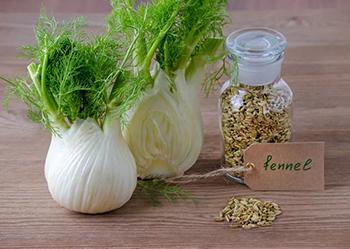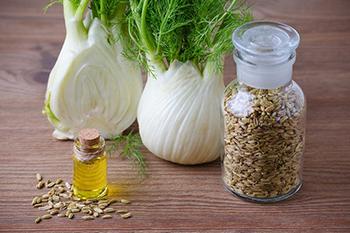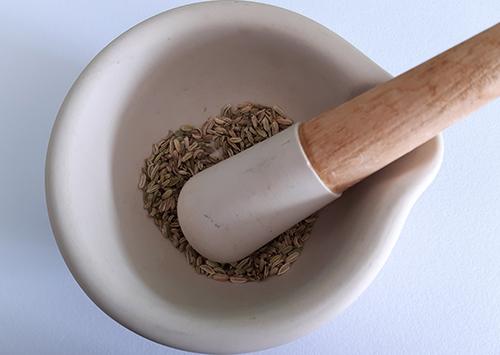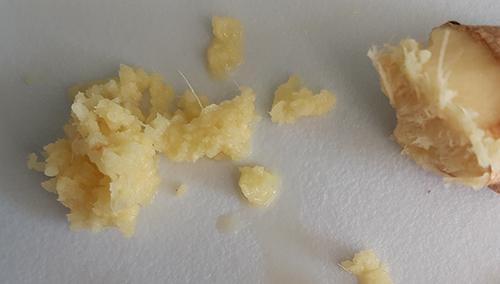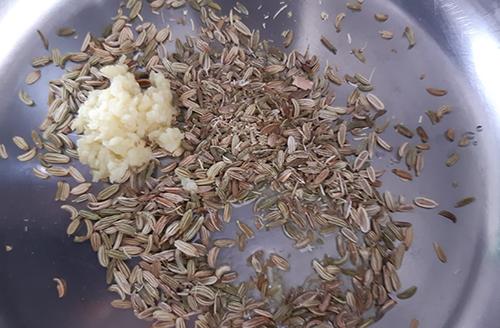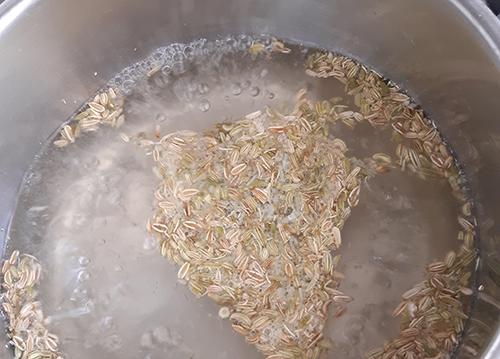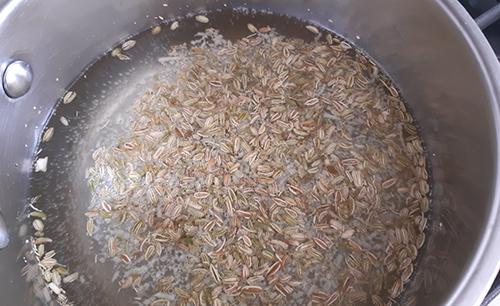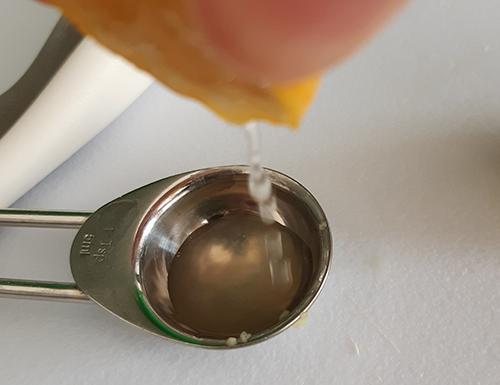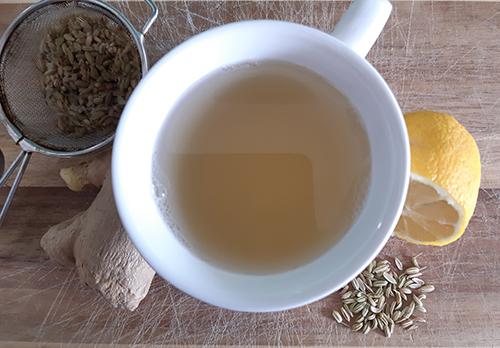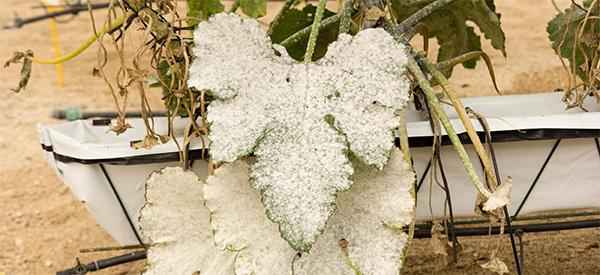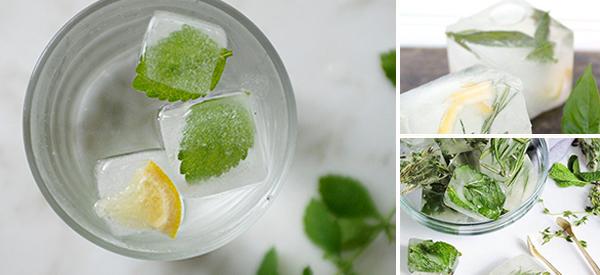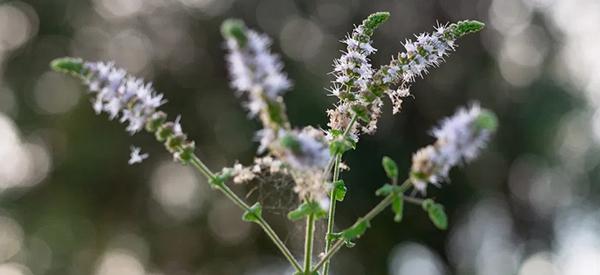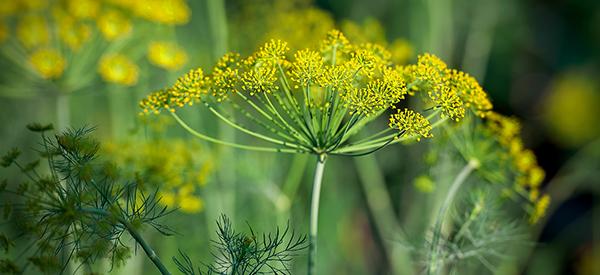
Fennel
Fennel is a hardy but short-lived perennial and a member of the broad plant family that includes carrots, dill, celery, and parsley. Like many plants that have both herbal and culinary value, Fennel originated in the Mediterranean region.
It is an aromatic herb with an aniseed-like taste that is used in cooking and to flavor various health products and liquors such as Absinth. It is increasingly finding favor with gardeners as it is an attractive plant.
This article will focus on Common or Sweet Fennel (Foeniculum vulgare).
The history of Fennel
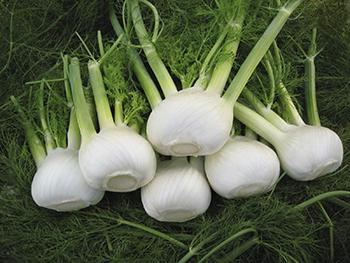 This herb has an extremely long history. The ancient Chinese, Greeks, and Romans all used Fennel in remedies, food, and – in some areas – as an insect repellent. This important plant even found its way into Greek myth. There are also records of its use in Egypt, India, and across Europe in the Middle Ages.
This herb has an extremely long history. The ancient Chinese, Greeks, and Romans all used Fennel in remedies, food, and – in some areas – as an insect repellent. This important plant even found its way into Greek myth. There are also records of its use in Egypt, India, and across Europe in the Middle Ages.
The plant was believed to have spiritual properties, and it was used to ward off evil spirits and defend against curses. On the medicinal side, the most common uses were for gastric ailments, as an anti-inflammatory, and for pulmonary conditions.
Today India leads the world in commercial Fennel growth and seeds are now easily available globally for both uses in remedies and cooking and for home propagation purposes.
Where this plant is found
Fennel is native or indigenous to the regions along the Mediterranean. However, this herb has been widely naturalized and is especially at home in coastal areas, along riverbanks, and in dry soil. This plant is now found in the US, southern Canada, Europe, Australia, the UK, and Asia. Because it seeds so readily, Fennel is classed as an invasive species or weed in both the US and Australia.
As stated, it’s grown commercially on a large scale, and is a popular addition to gardens. There are a range of cultivars that are now available, but the most common are Common Fennel (F. vulgare) which is used for seeds, and Florence Fennel (F. vulgare var. azoricum) which has a thickened stem base (sometimes called a bulb) that is used in cooking.
Related: The Complete Map of Edible Plants: Find Out What You Have in Your Area! (Video)
How to identify Common Fennel
Common Fennel is an erect plant that can grow to a height of 8 feet / 2 ½ meters although they don’t usually reach that size.
- Leaf: The leaves are blueish-green and feathery. These finely dissected leaves become increasingly narrow and thread-like towards the end of the stem.

- Flower: The blooms are tiny and bright yellow. The plant forms umbels (a group of short flower stalks, each bearing flowers) that are 2 – 6 inches / 5 – 15 centimeters wide. Each umbel forms at the end of a stalk and bears 20 – 50 individual flowers.
- Stems: The stems or stalks and green, hollow, smooth, and jointed. They are the same green as the leaves or a little darker.
- Root: The root of the Common Fennel is a thick, long, white taproot.
- Seeds: The seeds – the most valuable part of this plant – are dark green or brown initially and turn grey as they age. The seed is elongated and grooved.
It is the stem and root that are most helpful in terms of differentiating Common from Florence Fennel.
How to Grow Fennel
The first factor to consider when deciding if you can grow Fennel or not is that it is a cool-weather crop. If it is hot or too dry the plants may lose taste, aroma, and potency, or bolt, or even die. These plants take 60 – 90 days to mature
Seeds should be started indoors in spring, 4 – 6 weeks before the last frosts are due in your area. The young taproot is tender and can’t withstand frosts. If, however, you want to plant seeds outdoors directly, wait until late summer or even early fall when the temperatures are beginning to fall.
Get Your Own Medicinal Seeds, Last 30 Packs Left
Fennel requires full sun; rich, loose, and well-draining soil, and a soil pH of 4.8 – 8.2. in terms of planting and care:
Do’s
 Prepare the soil by loosening it to a depth of 12 inches / 30 ½ centimeters and adding organic matter and any other items (such as lime) to meet soil requirements.
Prepare the soil by loosening it to a depth of 12 inches / 30 ½ centimeters and adding organic matter and any other items (such as lime) to meet soil requirements.- Plant seeds ¼ inch / ¾ centimeter deep and 6 inches / 15 ¼ centimeters apart
- Cover them with soil
- Thin out the seedlings if you need to when they are strong enough / have two sets of true leaves
- Prune the plant to keep the shape compact
- Weed around the fennel plants to reduce competition for water and nutrients
- Use a stake if required to support the weight of the plant
- Be vigilant for pests and diseases and address them as soon as they start.
Don’ts
- Plant Fennel close to other members of the same family as cross-pollination happens often and this will adversely affect the flavor and efficacy of both plants.

Allow the soil to dry out during germination and when the plants are still seedlings
- Overwater so that the soil becomes soggy as the plants will develop fungal conditions
- Allow the blooms to go to seed if you don’t want the plants to self-seed.
Fennel can also be grown in containers if the container is at least 2 feet / 61 centimeters deep and it is placed where the plant will receive sun. Also, containers dry out much faster than soil, so you need to keep the soil moist.
How to harvest this plant
Seeds from Common Fennel should be harvested after the flowers fade and before the first hard frosts arrive. It is this part of Foeniculum vulgare that has the most flavor and aroma and highest percentage of oils.
Seeds can be collected soon after pods form and when the seeds are still green, or you can wait for them to dry further and harvest them when the pods are brown, and the seeds have largely dried out. However, don’t wait until the pods burst, or most of the seeds will scatter and be lost.
To harvest seeds:
- Cut off the umbels using sharp scissors or secateurs
 Place the heads onto screens or trays to dry completely. Place something under screens to catch any seeds that fall through
Place the heads onto screens or trays to dry completely. Place something under screens to catch any seeds that fall through- When they are fully dry, place the umbel in a paper bag and shake gently to release any remaining seeds without the risk of scattering them
- Store the seeds in an airtight container once they are 100% dry.
These seeds have a multitude of uses in your kitchen and your home remedies arsenal.
What Fennel seeds are good for and the natural remedies made from them
Fennel seeds contain an impressive range of active ingredients, vitamins, and minerals:
- Calcium
- Iron

- Magnesium
- Manganese
- Phosphorous
- Polyphenols/antioxidants: rosmarinic acid and luteolin
- Potassium
- Sodium
- Vitamins B-1, B-2, B-3, B-6, and C
- Volatile oils: trans-anethole and estragole, fenchone, and limonene
While there is little or no clinical evidence to support many of the health claims, there are thousands of years of anecdotal evidence suggesting fennel / the active ingredients found in the seeds ease or treat a range of symptoms, ailments, and conditions:
- Antioxidants are thought to lower the risk of type 2 diabetes, obesity, some forms of cancer, heart conditions, and neurological disease

- Reduce inflammation
- Lower cholesterol
- Increase lactation in breastfeeding women
- Boost memory
- Ease menopausal symptoms
- Reduce menstrual pain
- Help to fight mild to moderate bacterial, viral, and fungal infections
- Ease digestive conditions such as indigestion, gas, bloating, constipation, and IBS
- Suppress appetite which may assist with weight loss
It should also be noted that these benefits are more likely to be enjoyed in high doses, not from enjoying fennel seeds in some dishes.
What parts of the plant are used in remedies?
The entire plant is edible: flowers, seeds, young leaves, stems, and roots. All are used in various types of cuisine and are enjoyed thanks to their aniseed-like flavor and fragrance.
However, it is the seeds – and the oil obtained from them – that are used in traditional medicine and modern herbal remedies.
A DIY Fennel recipe
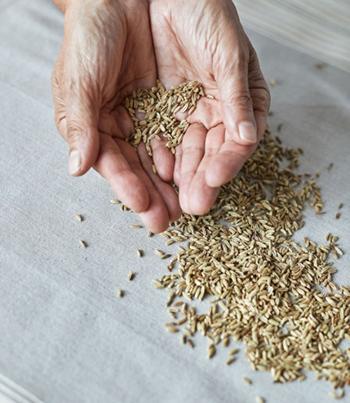
There is a plethora of recipes available for dishes you can cook, or items you can bake, that include fennel as the main ingredient or a significant one. However, if you are looking for an easy, everyday recipe that could boost your well-being, look no further than a Fennel Decoction which you can enjoy hot or cold.
Ingredients
- 2 heaped teaspoons of fennel seeds
- 2 cups / 500 ml of water
- 1 teaspoon grated, fresh ginger
- 1 teaspoon dried lemon verbena OR 1 tablespoon of fresh lemon juice
You can add other herbs, teas, or spices to taste. Try various combinations of natural ingredients to find the flavor that you enjoy the most.
Method
- Crush the fennel seeds (a pestle and mortar are the easiest, but you use the back of a large knife or a light rolling pin if you don’t have one)

- Peel and grate the ginger

- Place all the ingredients into a small saucepan

- Add the water and bring the mixture to the boil

- Turn the heat to low and simmer for 10 minutes

- Strain the liquid through a sieve into a cup, mug, or glass


- Allow to cool slightly and then sip the liquid. Alternatively, leave it to cool completely. You could even add ice for a refreshing hot-weather drink.
Start off with a cup and see how you react. If you enjoy it and have no adverse reactions, you can drink one cup a day.
Dosage
The lack of research means that there are no clinically prescribed dosages of Fennel. It is therefore essential that you follow the direction of your healthcare practitioner or the instructions provided by the manufacturer if you have purchased a product. Keep in mind that just because a remedy is plant-based or 100% natural does not necessarily mean it is safe for, or well tolerated by, everyone.
Related: 1 Cup Before Bed Shrinks Belly Fat All Night (Video)
How to preserve this plant
If you wish to use the young leaves, you really can’t store them as they become limp very soon after picking. You can extend their life a little by putting the stalk in water until you are ready to use them. Most of us, though, will only be storing the seeds:
- Green seeds: Because of the moisture content, these must be kept refrigerated to prevent mold or mildew. They should also not be stored for longer than 7 days.
- Dry seeds: These can be stored in an airtight jar in a dry place for several years. They can be added to foods, ground for teas, or chewed (only a few at a time).
If you can’t harvest from plants, you can purchase Fennel seeds.
What plants resemble Fennel?
Plants that are sometimes confused with Common or Sweet Fennel are outlined below:
| Feature | Common Fennel Foeniculum vulgare | Florence Fennel Foeniculum v. azoricum | Dill Anethum graveolens | Poison Hemlock Conium maculatum |
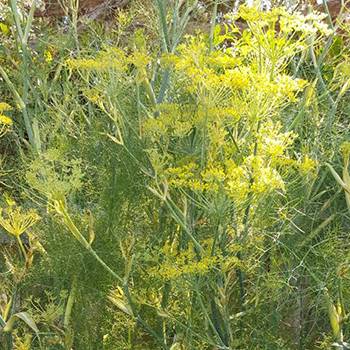 |
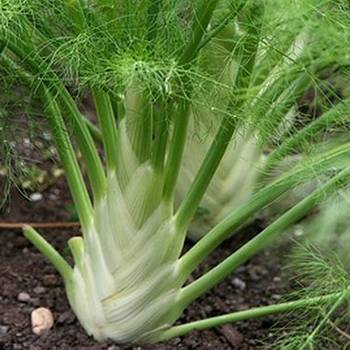 |
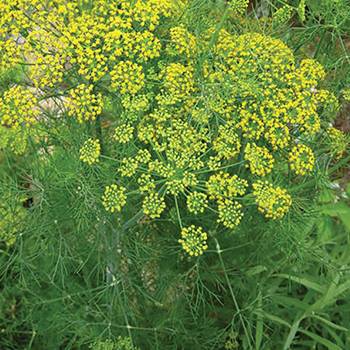 |
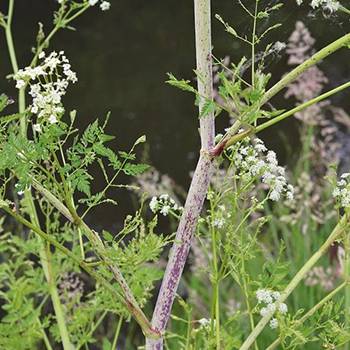 | |
| Size | Up to 8 feet / 2 ½ meters in height | Up to 4 feet / 1 ¼ meters in height | Up to 4 feet / 1 ¼ meters in height | Up to 10 feet / 3 meters in height |
| Leaves | Feathery; light green | Feathery; light green | Feathery; slightly wider than fennel | Fern-like; toothed edges; triangular |
| Flowers | Umbels of golden yellow, tiny flowers | Umbels of golden yellow, tiny flowers | Umbels of tiny, yellow flowers | Umbels of small, white flowers |
| Stalk | Green, hollow, smooth, and jointed | Fleshy, bulbous root stalk | Pale green; smooth; fleshy | Purple blotches / streaks; hollow; smooth |
| Seeds | Grooved; green or brown turning grey | Grooved; green or brown turning grey | Small; flat; green or brown; white ‘wing’ along edge | Oblong; ridged; green turning grey |
| Taste & aroma | Strong aniseed or licorice flavor; retains flavor when dried; strong aroma | Strong aniseed or licorice flavor; retains flavor when dried; strong aroma | Similar taste to celery; loses flavor when dried; pungent aroma | Very unpleasant musty aroma when crushed |
| Edible parts | The entire plant is edible | Stalk / bulb | Leaves and seeds | NONE; highly toxic |
We hope that these images and thumbnail descriptions help you to differentiate between these plants.
Warning And cautions
While eating fennel and seeds in moderation is considered safe, the effects of higher quantities and longer-term use is not yet known. As a result, the following warnings and cautions are cited:
- Pregnant and breastfeeding women should avoid concentrated forms
- This plant may interact with medications that contain estrogen, including birth control tablets
- Patients suffering from liver conditions or estrogen-sensitive cancers should avoid this herb
- Individuals who are allergic to plants in this family such as celery or carrots
- Contact with fennel may cause dermatitis in some individuals
- The oil should not be ingested as it could potentially cause severe, even fatal, side effects
- People taking Ciprofloxacin (Cipro) are advised not to use fennel supplements.
Even if you don’t fall into one of these categories, it is always advisable to check with your healthcare practitioner before you start to ingest fennel regularly or – particularly – before you take this herb in concentrated form.
You may also like:
How To Make A Fat-Burning Tincture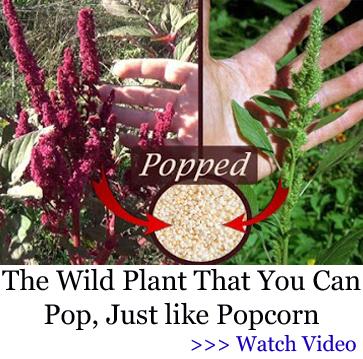
10 Plants That You Should Never Plant Together (Video)
How to Make an Immunity Boosting Shot with Celery, Spinach, Ginger, Lemon, and Manuka Honey






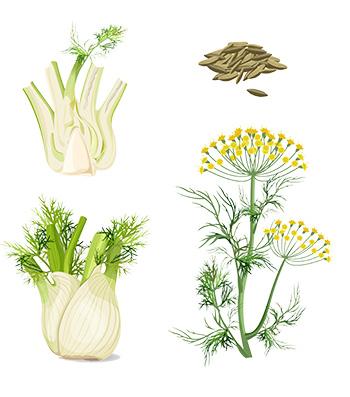
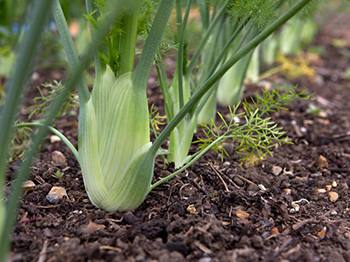 Prepare the soil by loosening it to a depth of 12 inches / 30 ½ centimeters and adding organic matter and any other items (such as lime) to meet soil requirements.
Prepare the soil by loosening it to a depth of 12 inches / 30 ½ centimeters and adding organic matter and any other items (such as lime) to meet soil requirements.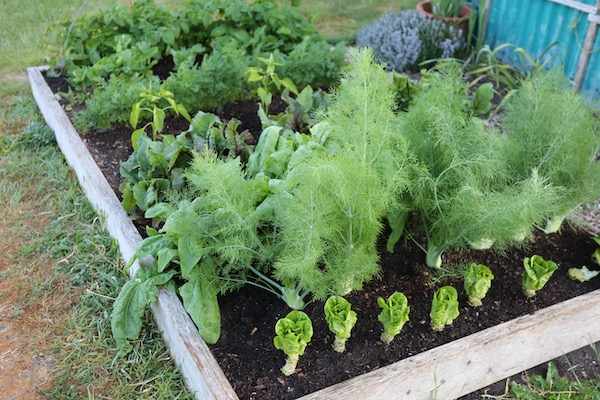
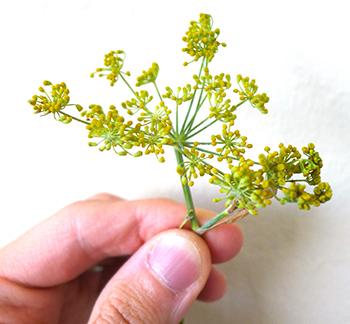
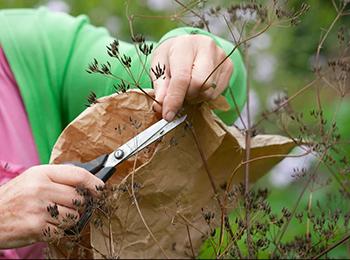 Place the heads onto screens or trays to dry completely. Place something under screens to catch any seeds that fall through
Place the heads onto screens or trays to dry completely. Place something under screens to catch any seeds that fall through